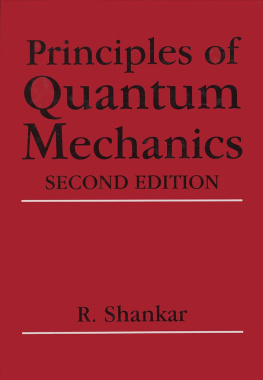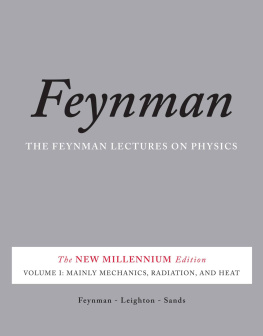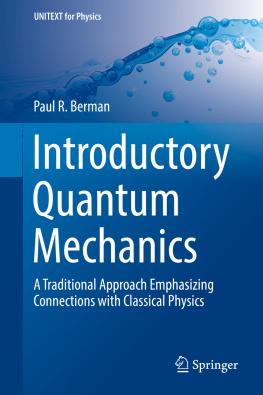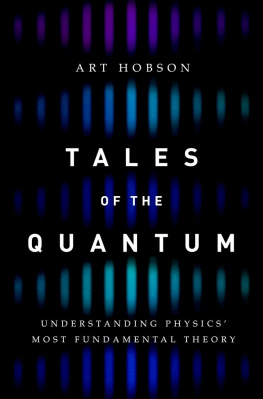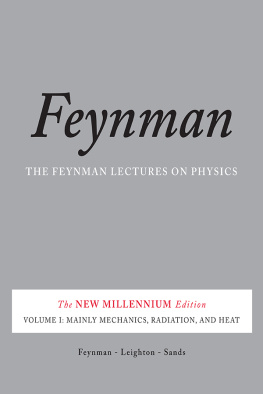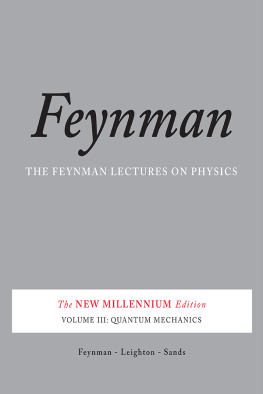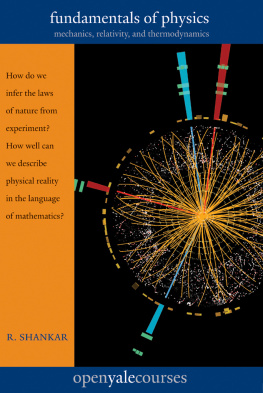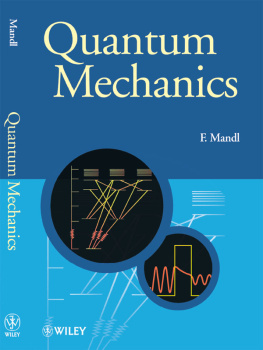Fundamentals of Physics II
THE OPEN YALE COURSES SERIES is designed to bring the depth and breadth of a Yale education to a wide variety of readers. Based on Yales Open Yale Courses program (http://oyc.yale.edu), these books bring outstanding lectures by Yale faculty to the curious reader, whether student or adult. Covering a wide variety of topics across disciplines in the social sciences, physical sciences, and humanities, Open Yale Courses books offer accessible introductions at affordable prices.
The production of Open Yale Courses for the Internet was made possible by a grant from the William and Flora Hewlett Foundation.
TITLES IN THIS SERIES
Paul H. Fry, Theory of Literature
Roberto Gonzlez Echevarra, Cervantes Don Quixote
Christine Hayes, Introduction to the Bible
Shelly Kagan, Death
Dale B. Martin, New Testament History and Literature
Giuseppe Mazzotta, Reading Dante
R. Shankar, Fundamentals of Physics: Mechanics, Relativity, and Thermodynamics
R. Shankar, Fundamentals of Physics II: Electromagnetism, Optics, and Quantum Mechanics
Ian Shapiro, The Moral Foundations of Politics
Steven B. Smith, Political Philosophy
Fundamentals of Physics II
Electromagnetism, Optics, and Quantum Mechanics
R. SHANKAR
Yale
UNIVERSITY PRESS
New Haven and London
Copyright 2016 by Yale University.
All rights reserved.
This book may not be reproduced, in whole or in part, including illustrations, in any form (beyond that copying permitted by Sections 107 and 108 of the U.S. Copyright Law and except by reviewers for the public press), without written permission from the publishers.
Yale University Press books may be purchased in quantity for educational, business, or promotional use. For information, please e-mail (U.K. office).
Set in Minion type by Newgen North America.
Printed in the United States of America.
ISBN: 978-0-300-21236-5 (pbk. : alk. paper)
Library of Congress Control Number: 2015956862
A catalogue record for this book is available from the British Library.
This paper meets the requirements of ANSI/NISO Z39.48-1992 (Permanence of Paper).
10 9 8 7 6 5 4 3 2 1
To Stella, Vesper, Matteo,
and the rest of G3.

Deep and original, but also humble and generous, the physicist Josiah Willard Gibbs spent much of his life at Yale University. His father was a professor of sacred languages at Yale, and Gibbs received his bachelors and doctorate degrees from the university before teaching there until his death in 1903. The sculptor Lee Lawrie created the memorial bronze tablet pictured above, which was installed in Yales Sloane Physics Laboratory in 1912. It now resides in the entrance to the J. W. Gibbs Laboratories, Yale University. His life and work continue to inspire the author as they do everyone who is familiar with them.
Contents
Preface
This is the companion volume to Fundamentals of Physics: Mechanics, Relativity, and Thermodynamics. It is the second half of an introductory course taught at Yale and covers electromagnetism, optics, and quantum mechanics. Like Volume I, it is based on the lectures given at Yale to a diverse class. The two volumes could be used for a year-long course in introductory physics that covers all the major topics. It may also be used for self-study. Some instructors may prescribe it as a supplement to another text.
The chapters in the book more or less follow the Yale lectures with a few minor modifications. The style preserves the classroom atmosphere. Often I introduce the questions asked by the students or the answers they give when I believe they will be of value to the reader. The problem sets and exams, without which one cannot learn or be sure one has learned the physics, may be found along with their solutions at the Yale website, http://oyc.yale.edu/physics, free and open to all. The lectures may also be found at venues YouTube, iTunes (https://itunes.apple.com/us/itunes-u/physics-video/id341651848?mt=10), and Academic Earth, to name a few.
In the lectures I sometimes refer to my Basic Training in Mathematics, published by Springer and intended for anyone who wants to master the undergraduate mathematics needed for the physical sciences.
This book, like its predecessor, owes its existence to many people. Peter Salovey, now president, then dean of Yale College, persuaded me to be part of the first batch of Open Yale Courses, funded by the Hewlett Foundation. Diana E. E. Kleiner, Dunham Professor, History of Art and Classics, encouraged and guided me in many ways. She was also the one who persuaded me to write both these books. At Yale University Press, Joe Calamia has been an invaluable guide, making countless suggestions to improve the books contents. He has also lent his name to many subatomic particles that appear in this book. Once again Ann-Marie Imbornoni skillfully shepherded the book through various stages of production. I am delighted that Liz Casey was once again able to apply her editorial magic to the manuscript, greatly improving not only the punctuation, syntax, and grammar but also the clarity. She made sure my intended sense was captured by the words used.
I thank Professor Ganpathy Murthy (University of Kentucky) and Branislav Djordjevic (George Mason University) for thoughtful comments. My very special thanks go to Phil Nelson of the University of Pennsylvania for his detailed and insightful comments on many parts of the book.
The writing of this book started a year ago and ended August 2015 at the Aspen Center for Physics (ACP). I am most grateful for the climate provided by the ACP where both the scientist and author in me found intellectual nourishment. The ACP is supported by the National Science Foundation (NSF) Grant number 1066293.
A large portion of the book was written at the Kavli Institute for Theoretical Physics (KITP) in Santa Barbara, where I was fortunate to receive a Simons Distinguished Visiting Scholar award for Fall 2014. The KITP is supported in part by the National Science Foundation under Grant number NSF PHY1125915. I am especially grateful to Professor Lars Bildsten for making this possible.
The day I find I cannot write books at either of these marvelous places, I will switch to another line of work.
Barry Bradlyn and Alexey Shkarin were two exceptional graduate students who proofread the book, caught bugs, and suggested stylistic changes.
My family, all three generations of it, was very supportive as always. The final check was provided by Stella, who left many unsolicited notes in the margins and inside using her crayons. She is responsible for all remaining errors.
CHAPTER 1
Electrostatics I
We begin the second half of the course with an introduction to a new force: electromagnetism. Then we will study optics. We will conclude with a study of quantum mechanics. Now, quantum mechanics is not like a new force. Its a whole different ball game. Its not about what forces are acting on this or that object that determine its trajectory. The question there is: should we be even thinking about particles going on any trajectory? The answer will be negative. You will find out that most of the cherished ideas from Newtonian mechanics get overthrown. But the good news is that you need quantum mechanics only to study very small things like atoms or molecules. Of course, the big question is, where do you draw the line? How small is small? Some people even ask me, Do you need quantum mechanics to describe the human brain? And the answer is, Yes, if it is small enough. Ive gone to parties where after a few minutes of talking to a person Im thinking, Okay, this persons brain needs a full-fledged quantum mechanical treatment. But most of the time everything is macroscopic, and you can describe it with Newtonian mechanics and classical electrodynamics.
Next page

